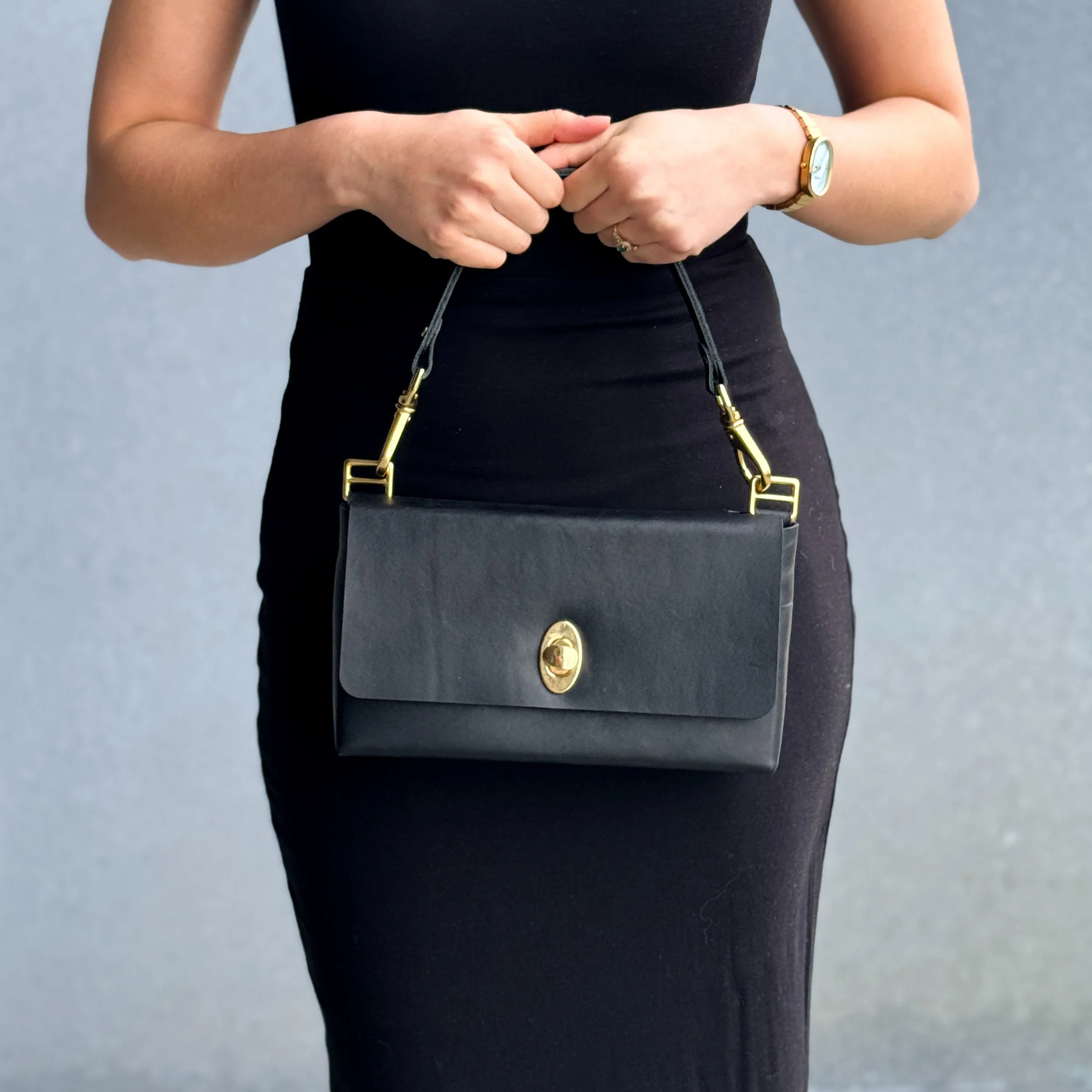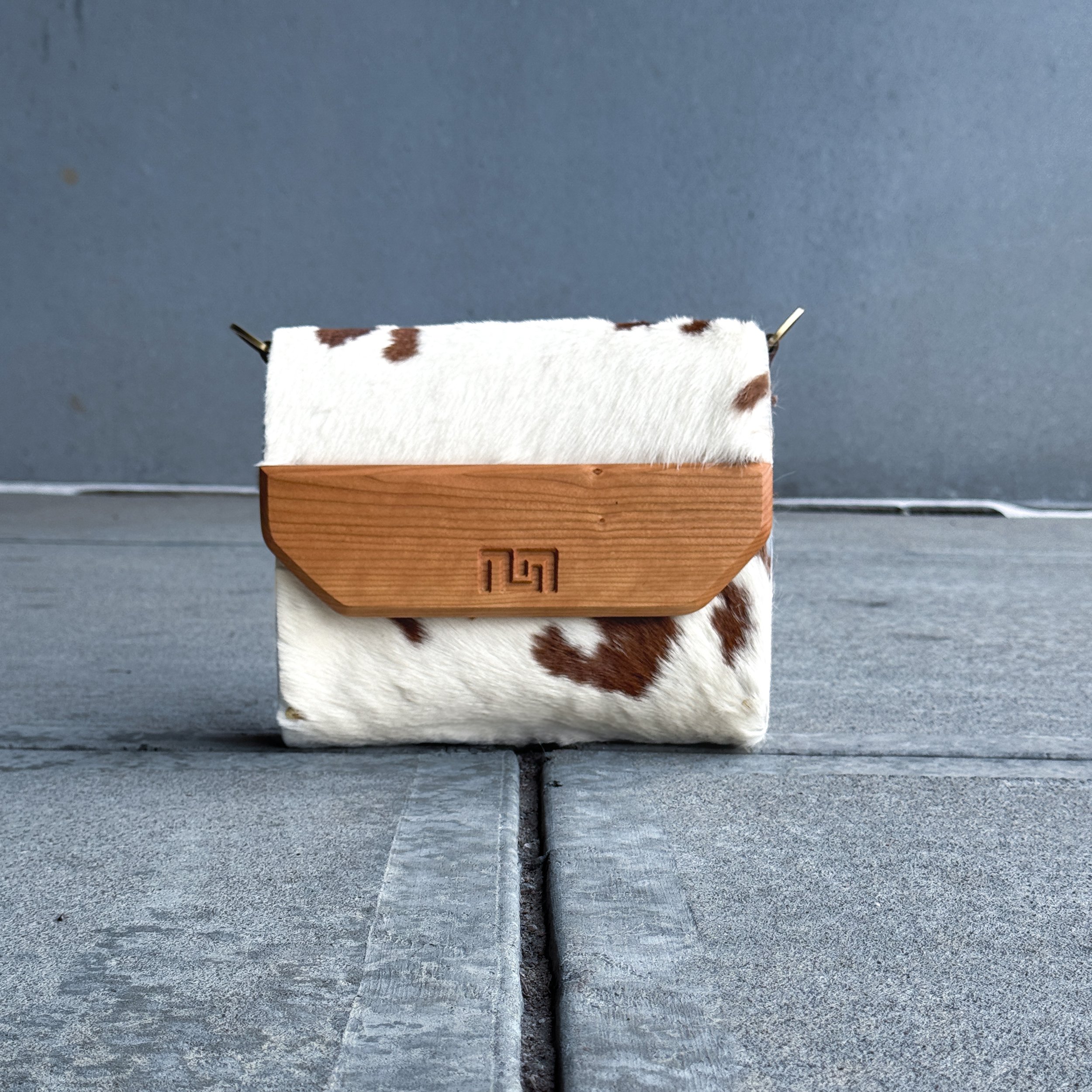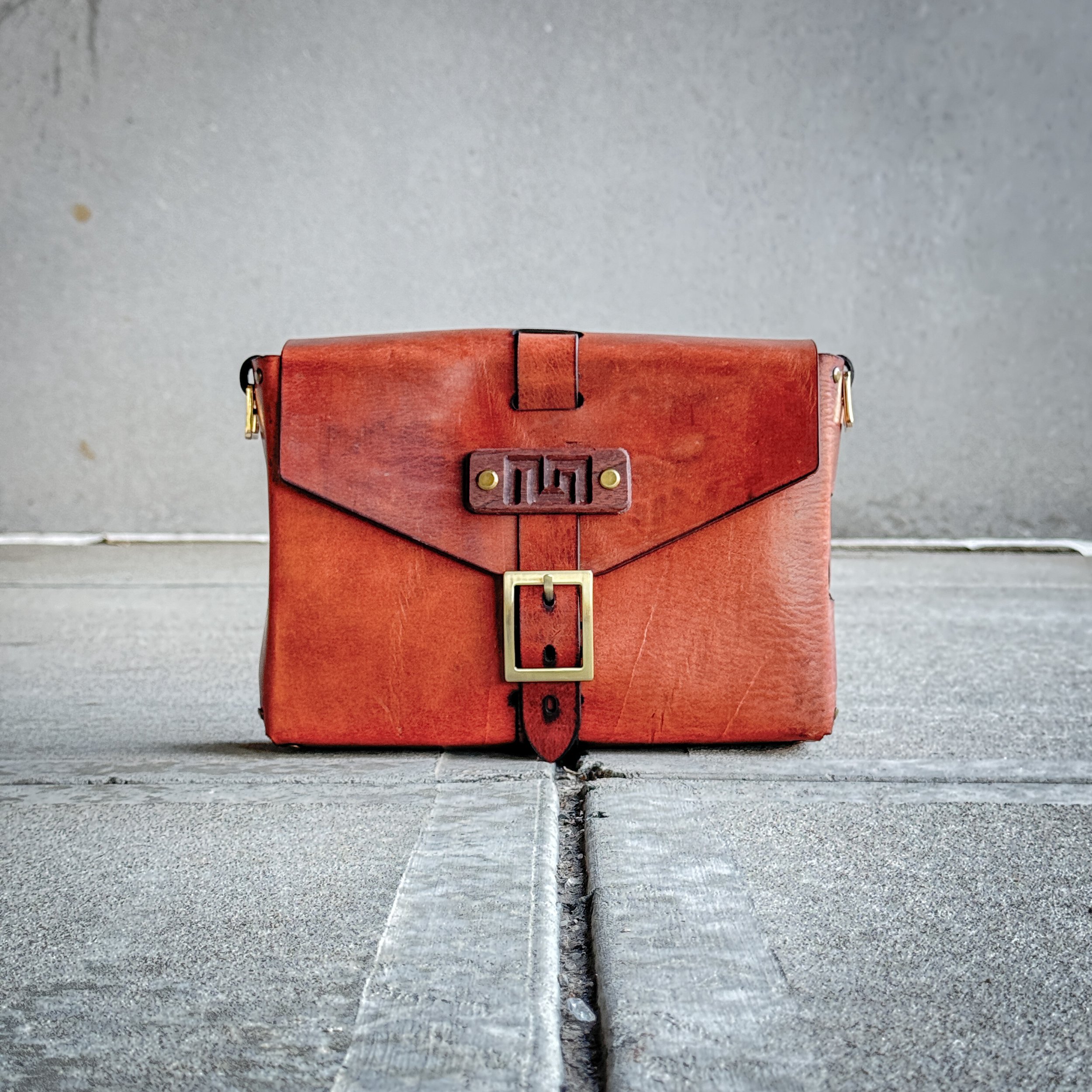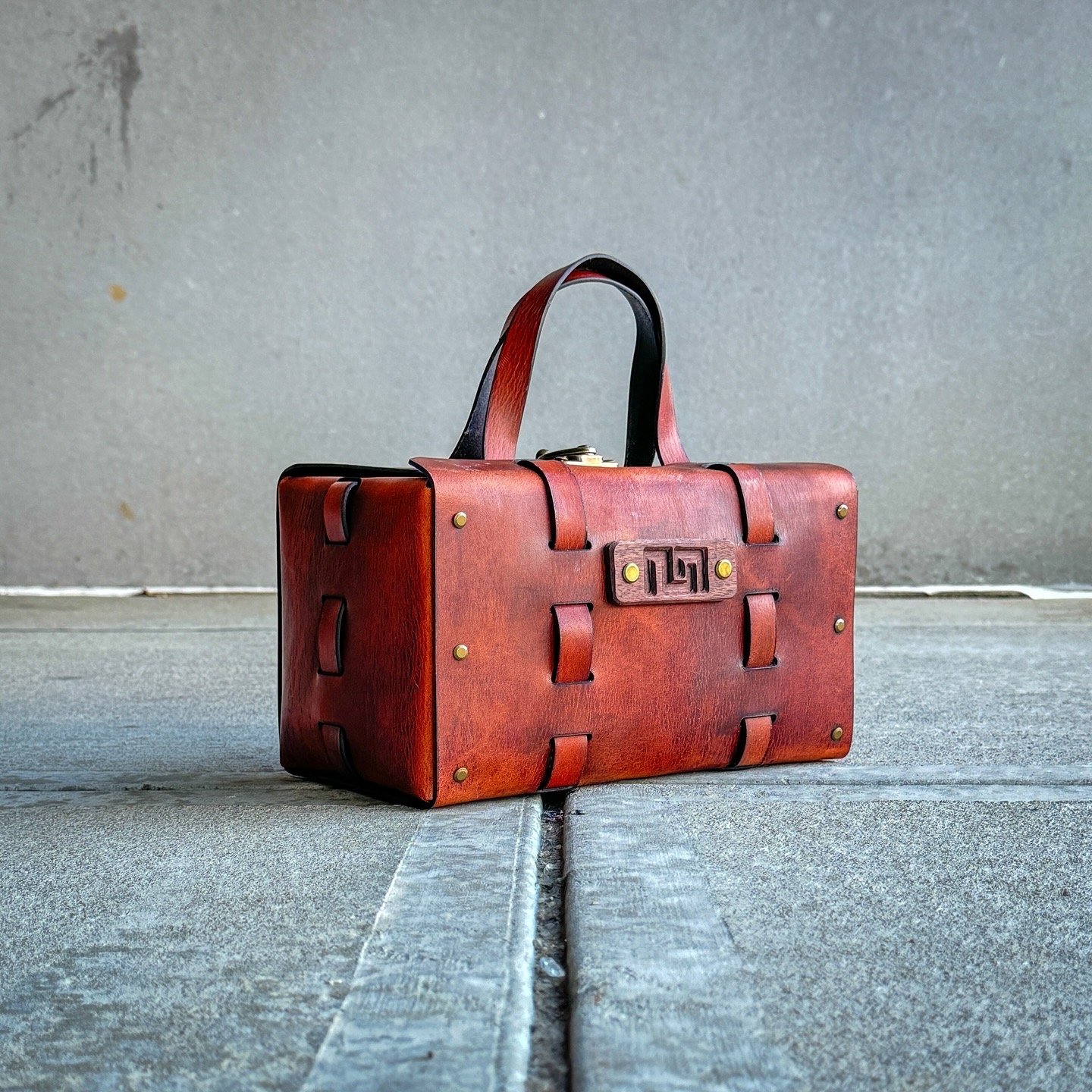What is Slow Fashion?
What is Slow Fashion?
Introduction
Slow fashion is a movement to buy less and make more sustainable choices. Instead of spending on low-quality fast fashion, slow fashion encourages us to invest in quality pieces that will last longer. Let's explore the history behind slow fashion, what the industry looks like today, and how you can get your own wardrobe started with ethical practices at its core.
Slow fashion is the opposite of fast fashion.
Slow fashion is the opposite of fast fashion. Slow fashion is about buying better quality clothing, and that means reducing consumption and production. It's about buying less, but better.
In other words: slow fashion means not buying a new pair of shoes every month because you want to be up-to-date with trends or because your old ones have worn out. Slow fashion does not mean wearing bad quality clothing just so you can say that you are saving money; it means investing in high-quality items that will last longer and keep their shape even after years of wear (or at least until laundry day).
How does slow fashion support people, animals, and the planet?
Slow fashion is better for the environment. Most fast fashion brands are incredibly wasteful and produce huge amounts of waste. The more clothes you buy, the more landfills you're creating and the bigger your carbon footprint on our planet becomes. Buying less saves money, energy, and space in our landfills!
Slow fashion is also better for animals who are often abused by poorly-regulated factories overseas or forced to live their lives in dirty cages from birth until slaughter (the majority of them being chickens). This can be avoided by shopping at local boutiques that use sustainable materials that don't harm animals or our planet!
Finally, slow fashion models are usually paid a fair wage which results in happier workers who feel valued by their jobs; this makes a huge difference when it comes to mental health overall - no one wants anyone else's hands working with chemicals all day long just so they can make some extra cash!
What are the most important issues of fast fashion?
Fast fashion is a major contributor to issues like pollution and climate change. It's also bad for people, animals and the environment in other ways:
Fast fashion uses toxic chemicals that are unsafe for the factory workers who produce it and for everyone who wears it (including you!).
The majority of fast-fashion companies are based in Asia where labor laws often don't protect workers' rights or health.
When you purchase something made by a person who was paid less than minimum wage, you contribute to an exploitative business model that hurts people.
Fast-fashion production wastefully uses up natural resources (like cotton) at unsustainable rates.
How can I take part in slow fashion?
Buy less. By not buying so many things, you will be able to spend more on the pieces that you do buy. This way, you can afford quality items that last longer and need less upkeep.
Buy better. When you buy something made with good materials and with well-made construction, it will last longer than cheap ones that fall apart quickly or don’t fit right. Buying items made with organic cotton or other natural fibers is also a great way to support slow fashion—because these materials are easier for our planet to digest!
Buy local —or at least support your community when possible! Buying goods from nearby brands means they aren't having their products shipped across oceans or countries in order for them to reach consumers like us (and we all know how much carbon emissions those shipments leave behind). Supporting small businesses also keeps money circulating within our communities instead of going straight into the pockets of giant corporations whose only concern is profit margins instead of sustainability practices."
Conclusion
We hope this has given you a better idea of what slow fashion is, and why a lot of people are all about it. As we explained, there’s no perfect way to do slow fashion—nor should there be, as far as we’re concerned. The only thing that matters is that you take the time to think about your clothing decisions and do what works best for you and your lifestyle.












